Introduction
Cryptocurrency trading has taken the fiscal world by storm, offering unknown openings for profit. still, the volatility and fast- paced nature of crypto requests pose challenges, especially for individual dealers who can not cover requests 24/7. This is where Automated Trading Bots come into play. These sophisticated software operations have revolutionized trading by automating the process, allowing dealers to execute trades grounded on pre-programmed strategies without constant oversight.
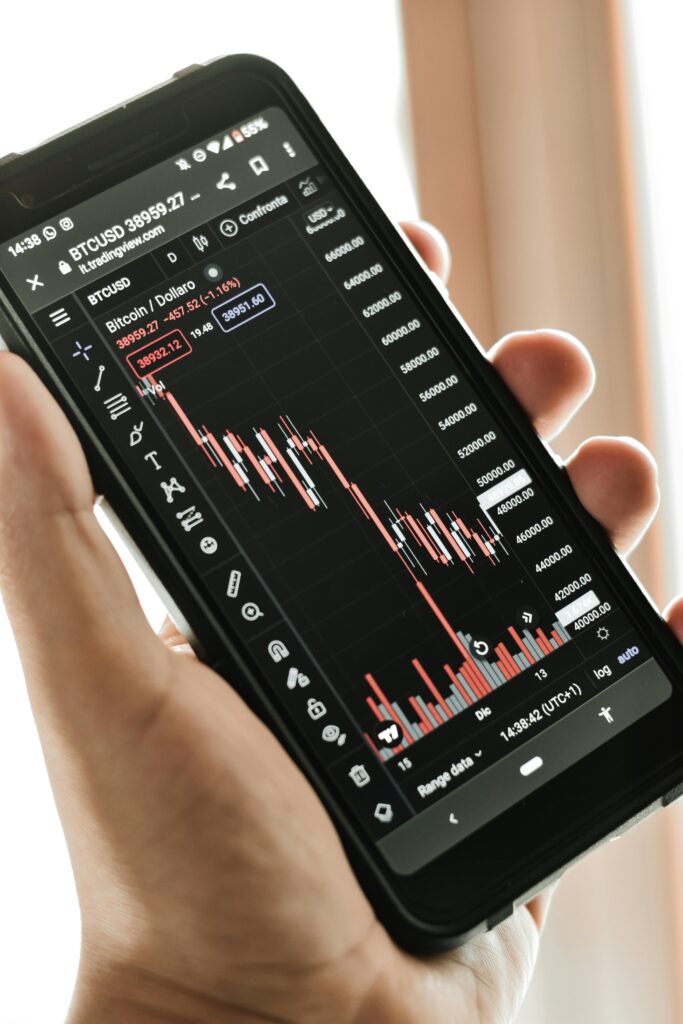
In this composition, we’ll explore the world of Automated Trading Bots, including how they work, their advantages and disadvantages, the types of bots available, and stylish practices for using them effectively. Whether you are a seasoned dealer or new to the crypto request, understanding these tools can significantly enhance your trading strategy and implicit profitability.
What Are Automated Trading Bots?
Automated Trading Bots are computer programs designed to automatically buy and vend fiscal instruments on behalf of dealers. These bots operate grounded on algorithms, predefined rules, or strategies programmed by the stoner. In the environment of cryptocurrency trading, these bots are particularly precious as they can operate around the timepiece, taking advantage of request openings indeed when the dealer is asleep or else enthralled.

How Do Automated Trading Bots Work?

The operation of Automated Trading Bots is embedded in the use of algorithms that dissect request data, identify trading signals, and execute trades. These bots connect to cryptocurrency exchanges via APIs( operation Programming Interfaces) to perform trades. Then’s a introductory overview of how they work:
- Market Data Analysis: The bot continuously monitors request data similar as price, volume, and order book depth. Grounded on the analysis of this data, the bot identifies implicit trading openings.
- Signal Generation: Once the bot identifies an occasion, it generates a trading signal. This signal is grounded on specialized pointers, literal data, or specific algorithms that the bot is programmed to follow.
- Trade prosecution: After generating a signal, the bot automatically executes the trade on the connected exchange. This includes placing buy or vend orders grounded on the predefined strategy.
- Risk Management: Advanced bots include features for threat operation, similar as setting stop- loss and take- profit situations to minimize implicit losses.
- Performance Monitoring: The bot monitors the outgrowth of each trade, allowing dealers to acclimate their strategies if necessary. Some bots indeed offer backtesting capabilities, enabling dealers to test strategies using literal data before planting them in live requests.
Advantages of Using Automated Trading Bots

The relinquishment of Automated Trading Bots in cryptocurrency trading has grown fleetly, driven by several crucial advantages they offer over homemade trading:
1. 24/7 request Monitoring and Trading:
One of the most significant advantages of automated bots is their capability to operate 24/7. Cryptocurrency requests noway near, and price movements can be at any time of the day or night. With an automated bot, you can insure that you’re always in the request, ready to subsidize on openings without being tethered to your computer.
2. Speed and effectiveness
Automated bots can execute trades in milliseconds, far briskly than any human could manage. This speed is particularly salutary in unpredictable requests, where prices can change fleetly. By the time a mortal dealer reacts to a price movement, the occasion may have formerly passed. Bots, on the other hand, can respond incontinently, securing better entry and exit points.
3. Impassive Trading
Feelings are a significant factor in trading, frequently leading to illogical opinions driven by fear or rapacity. Automated Trading Bots exclude this emotional element, sticking rigorously to the programmed strategy. This can affect in further harmonious and disciplined trading, reducing the liability of impulsive opinions that could lead to losses.
4. Scalability of Trading Strategies
With automated bots, dealers can fluently gauge their strategies to manage multiple means or trading dyads contemporaneously. This scalability is challenging to achieve with homemade trading, where covering multiple requests at formerly can be inviting. Bots can handle the complexity, enabling dealers to diversify their portfolios more effectively.
5. Backtesting Capabilities
Numerous automated trading platforms offer backtesting features, allowing dealers to test their strategies on literal data before planting them in live requests. This capability helps dealers upgrade their strategies and increase their chances of success by relating implicit sins and optimizing performance.
6. Thickness in Prosecution
Automated bots insure harmonious prosecution of trading strategies. Unlike humans, who may diverge from a plan due to distractions or fatigue, bots follow the programmed instructions without variation. This thickness is pivotal for strategies that calculate on precise prosecution.
Disadvantages and pitfalls of Automated Trading Bots
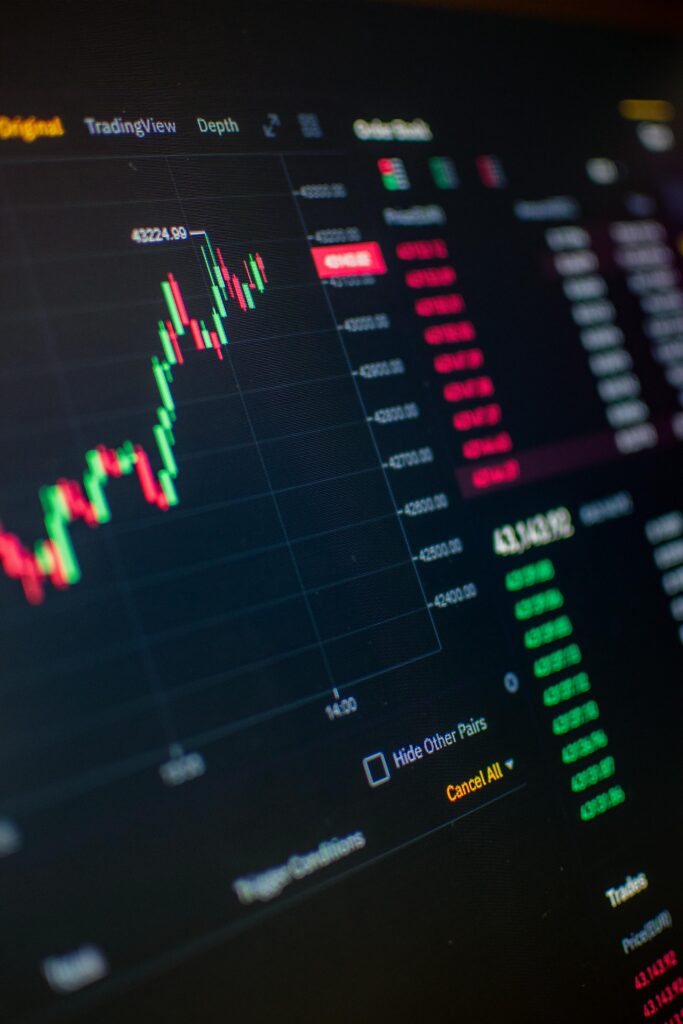
While Automated Trading Bots offer numerous advantages, they are n’t without their pitfalls and downsides. Understanding these implicit downsides is essential for any dealer considering their use.
- Over-Reliance on Algorithm:Bots operate grounded on algorithms, which, while important, are n’t unerring. requests can bear unpredictably, and no algorithm can regard for every possible script. Over-reliance on automated bots can lead to significant losses if the request moves in ways that the bot’s strategy can not accommodate.
- Request Volatility: Cryptocurrency requests are notoriously unpredictable, with prices able of swinging hectically within short ages. While bots are designed to take advantage of volatility, extreme request conditions can lead to unanticipated issues. For illustration, during a flash crash, a bot may continue to buy as prices dip, performing in significant losses.
- Specialized Failures: Automated Trading Bots calculate on technology, including a stable internet connection, access to trading platforms, and proper functioning of the bot’s software. Specialized failures, similar as internet outages, software bugs, or exchange API issues, can lead to missed trades or unintended conduct that negatively impact your portfolio.
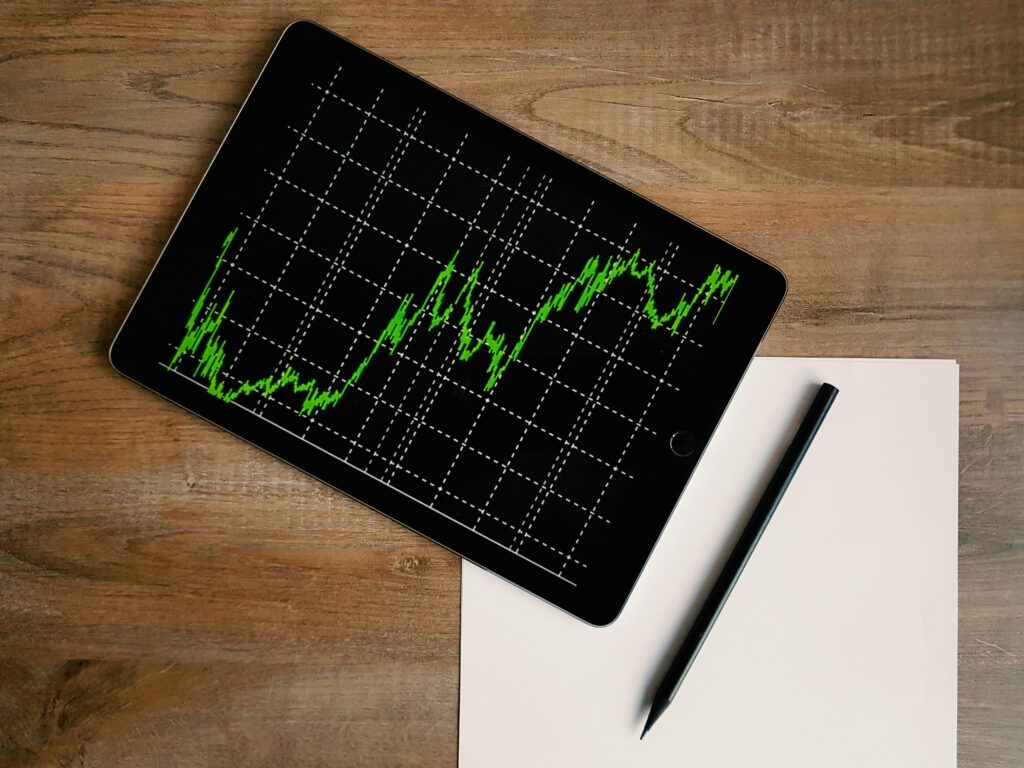
- Cybersecurity Threats: As with any online exertion, using automated trading bots exposes you to cybersecurity pitfalls. A compromised bot can affect in unauthorized trades, loss of finances, or exposure of sensitive information. icing that your bot and trading accounts are secure is critical to mollifying these pitfalls.
- Lack of Human Oversight: Automated bots can’t acclimatize to unanticipated request news or events that may impact prices, similar as nonsupervisory changes, hacks, or geopolitical events. While they follow pre-programmed rules, they lack the ability to make nuanced decisions based on new information. This lack of adaptability can be a significant drawback in dynamic markets.
Types of Automated Trading Bots
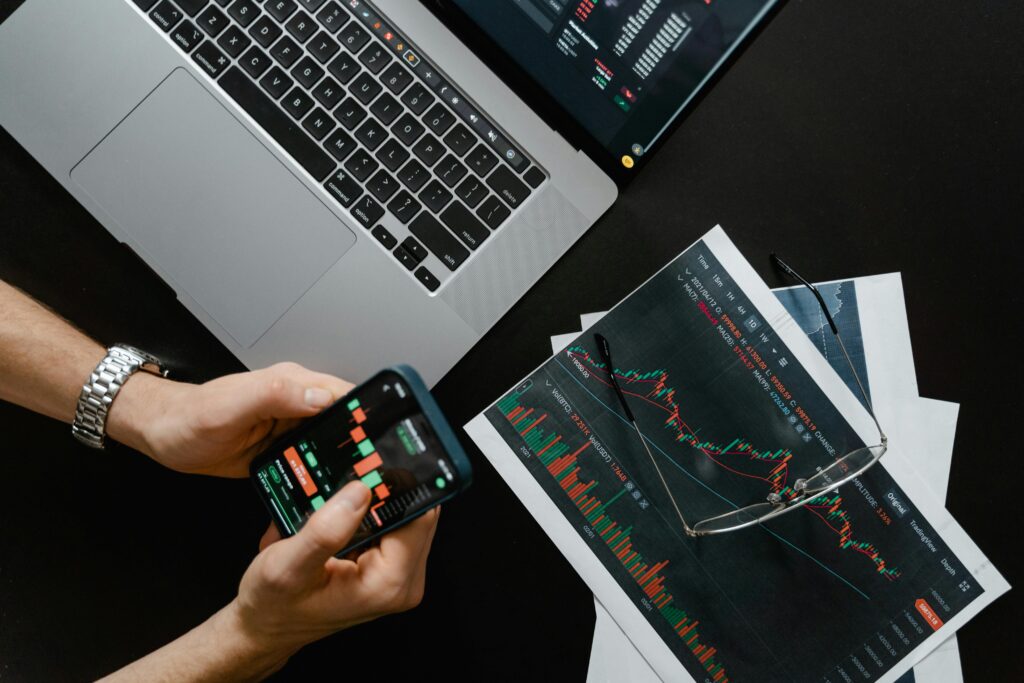
The request for Automated Trading Bots is different, with different types of bots feeding to colorful trading strategies and objects. Then are some of the most common types of automated trading bots.
- Arbitrage Bots:
Arbitrage bots are designed to exploit price differences across different exchanges. For illustration, if Bitcoin is priced lower on one exchange than another, an arbitrage bot can buy it on the cheaper exchange and vend it on the more precious one, pocketing the difference. These bots are particularly effective in largely liquid requests where price disagreement are more common. - Request- Making Bots: Request- making bots produce liquidity by placing both buy and vend orders on a request. They profit from the shot- ask spread — the difference between the steal and vend prices. These bots are salutary for exchanges looking to increase liquidity and for dealers looking to earn small but harmonious gains.
- Trend- Following Bots: Trend- following bots dissect request data to identify trends and trade in the direction of these trends. For illustration, if a bot detects an upward trend, it’ll buy, and if the trend reverses, it’ll vend. These bots are popular for dealers who want to subsidize on ongoing request movements without constantly covering the maps.

- Shortening Bots: Scalping bots are designed to execute a large number of small trades throughout the day, landing bitsy price movements. Scalping is a high- frequence trading strategy that requires quick prosecution and perfection, making it well- suited for robotization.
- Portfolio Rebalancing Bots: These bots automatically acclimate your portfolio to maintain a asked asset allocation. For case, if you want 50 of your portfolio in Bitcoin and 50 in Ethereum, a rebalancing bot will buy or vend means to maintain this rate as prices change. This is particularly useful for long- term investors who want to maintain a specific portfolio balance without constant primer adaptations.
Popular Automated Trading Bots in the Market
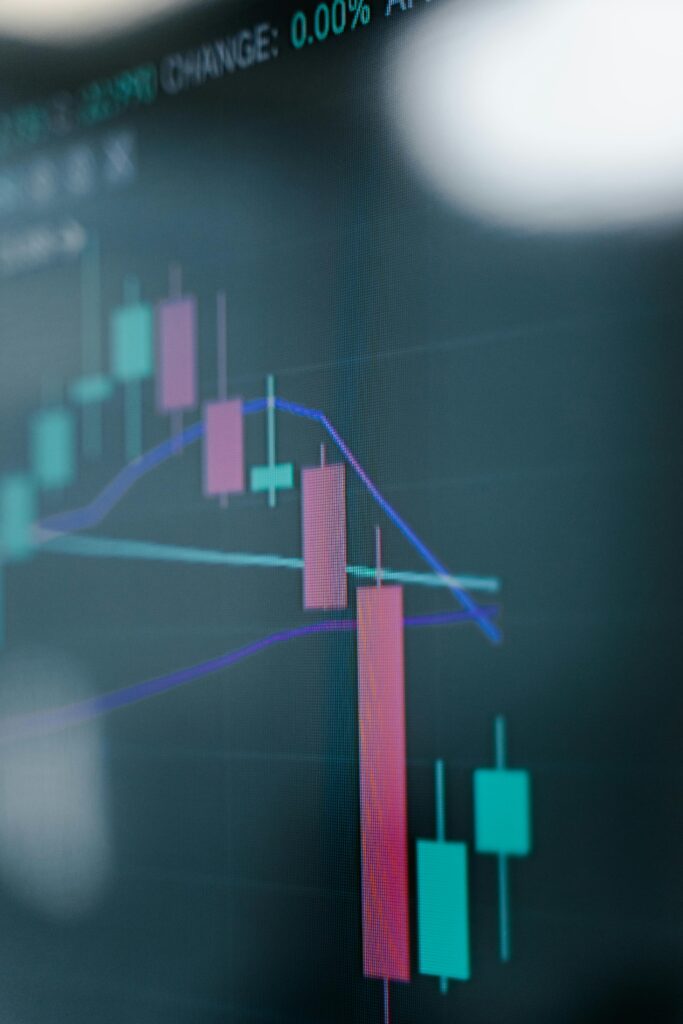
Given the advantages of Automated Trading Bots, it’s no surprise that several platforms and tools have become popular among traders. Below, we explore some of the most widely used automated trading bots in the market:
1. 3Commas
3Commas is a leading automated trading platform that offers a comprehensive suite of tools for both novice and experienced traders. The platform supports multiple exchanges, including Binance, Bitfinex, and Coinbase Pro, making it a versatile choice for traders looking to automate their strategies across various markets.
Key Features:
- SmartTrade terminal for manual trades with automated tools.
- Copy trading, allowing users to follow and replicate successful traders’ strategies.
- Multiple bot types, including Grid Bots, DCA (Dollar-Cost Averaging) Bots, and Options Bots.
- Advanced portfolio management and rebalancing features.
Pros:
- User-friendly interface, suitable for beginners.
- Extensive educational resources and a strong community.
- Reliable performance with customizable strategies.
Cons:
- Subscription fees can be expensive for advanced features.
- Limited backtesting capabilities compared to other platforms.
2. Cryptohopper
Cryptohopper is another popular automated trading platform, known for its cloud-based infrastructure and extensive customization options. It supports numerous exchanges and offers a marketplace where users can buy and sell trading strategies.
Key Features:
- Cloud-based trading, ensuring 24/7 operation without the need for a local machine.
- Marketplace for trading strategies, signals, and templates.
- Strategy designer tool for creating and backtesting custom strategies.
- Paper trading mode for testing strategies without risking real money.
Pros:
- Highly customizable with a wide range of settings.
- Comprehensive backtesting and strategy design tools.
- Active community and marketplace for exchanging ideas and strategies.
Cons:
- Steeper learning curve for beginners.
- Subscription costs can add up, especially with additional features.
3. Bitsgap
Bitsgap is a versatile platform that integrates multiple exchanges into one interface, allowing for seamless automated trading across different markets. It is particularly known for its arbitrage and grid trading bots.

Key Features:
- Integrated with over 25 exchanges, including Binance, Kraken, and Bitfinex.
- Arbitrage opportunities across multiple exchanges.
- Grid trading bot for profit from market volatility.
- Portfolio management tools with real-time analytics.
Pros:
- All-in-one platform with a wide range of tools.
- Effective arbitrage bot for taking advantage of price differences.
- Competitive pricing with various subscription plans.
Cons:
- Limited number of bots compared to some competitors.
- Arbitrage opportunities can be limited based on market conditions.
4. Shrimpy
Shrimpy is a social trading platform that focuses on portfolio management and rebalancing. It allows users to automate their investment strategies and follow the portfolios of top traders.
Key Features:
- Automated portfolio rebalancing to maintain desired asset allocation.
- Social trading features for copying successful traders.
- Historical data analysis for strategy optimization.
- Support for multiple exchanges, including Binance and Bittrex.
Pros:
- Simple and intuitive interface, ideal for beginners.
- Strong focus on portfolio management rather than active trading.
- Social trading features provide insights from experienced traders.
Cons:
- Limited to portfolio management; less suitable for active trading strategies.
- Fewer customization options compared to other platforms.
5. Gunbot
Gunbot is a customizable trading bot that supports a wide range of strategies, from simple scalping to complex arbitrage. It is highly flexible, allowing users to configure almost every aspect of their trading strategy.
Key Features:
- Supports multiple strategies, including Bollinger Bands, RSI, and MACD-based strategies.
- Extensive customization options for experienced traders.
- One-time purchase model, avoiding recurring subscription fees.
- Active community with a marketplace for strategy sharing.
Pros:
- Highly customizable with support for numerous strategies.
- One-time payment model is cost-effective for long-term users.
- Active community provides ongoing support and updates.
Cons:
- Steep learning curve; not suitable for beginners.
- Requires a local machine to run, unlike cloud-based platforms.
Setting Up and Optimizing an Automated Trading Bot
Getting started with Automated Trading Bots can seem daunting, especially for beginners. However, with the right approach, you can set up and optimize a bot to enhance your trading strategy effectively. Here’s a step-by-step guide:
1. Choose the Right Bot
The first step is to choose a bot that aligns with your trading goals and experience level. Beginners might prefer a user-friendly platform like 3Commas or Cryptohopper, while more experienced traders might opt for the customization offered by Gunbot or the portfolio management features of Shrimpy.
2. Connect to an Exchange
Once you’ve chosen your bot, you’ll need to connect it to your preferred cryptocurrency exchange. Most bots support multiple exchanges, but it’s essential to check compatibility before setting up. You’ll need to generate API keys from your exchange account and input them into the bot to allow it to execute trades on your behalf.
3. Define Your Strategy
Before your bot can start trading, you need to define the strategy it will follow. This could be anything from a simple moving average crossover to a complex multi-indicator strategy. Some platforms offer pre-configured strategies that you can use out of the box, while others allow you to design your own.
4. Backtest Your Strategy
Backtesting is a crucial step that involves testing your strategy against historical market data to see how it would have performed. This step allows you to refine your strategy, identify potential weaknesses, and optimize it for better performance before going live.
5. Monitor and Adjust
Even after setting up your bot and launching it in live markets, it’s essential to monitor its performance regularly. Market conditions change, and a strategy that worked well in the past may need adjustments to remain effective. Continuous monitoring and fine-tuning can help you maximize your bot’s profitability.
6. Implement Risk Management
Finally, risk management is critical when using Automated Trading Bots. Ensure that your bot has stop-loss and take-profit settings to minimize potential losses. Additionally, avoid over-leveraging and diversify your trades to spread risk across different assets.
Best Practices for Using Automated Trading Bots
To get the most out of Automated Trading Bots, it’s essential to follow best practices that ensure their effective and safe operation. Here are some tips:
1. Start Small
When first using an automated trading bot, it’s wise to start with a small amount of capital. This allows you to test the bot’s performance without risking a significant portion of your portfolio. As you become more comfortable and confident in the bot’s strategy, you can gradually increase your investment.
2. Diversify Your Strategies
Relying on a single trading strategy can be risky, especially in volatile markets. Consider using multiple bots with different strategies to diversify your approach. For example, you could use a trend-following bot alongside an arbitrage bot to capture different types of market opportunities.
3. Stay Informed
While automated bots handle the day-to-day trading, it’s still important to stay informed about market trends, news, and events that could impact your portfolio. Being aware of potential risks allows you to make timely adjustments to your bot’s strategy.
4. Secure Your Accounts
Security is paramount when using Automated Trading Bots. Ensure that your bot and exchange accounts are protected with strong, unique passwords and two-factor authentication (2FA). Additionally, only use bots from reputable platforms to avoid potential security breaches.
5. Regularly Review Performance
Make it a habit to regularly review your bot’s performance. This includes checking its profit and loss statements, analyzing trade histories, and assessing the overall effectiveness of the strategy. Regular reviews help you identify areas for improvement and ensure that your bot remains profitable.
Future Trends in Automated Trading Bots

The landscape of Automated Trading Bots is continuously evolving, with new technologies and trends shaping the future of trading automation. Here are some of the trends to watch:
1. Integration with AI and Machine Learning
Artificial Intelligence (AI) and Machine Learning (ML) are expected to play a significant role in the future of automated trading. By integrating AI, bots can learn from past market data and adapt their strategies in real-time, improving their ability to predict market movements and optimize trading decisions.
2. Expansion to Traditional Financial Markets
While Automated Trading Bots are currently most popular in cryptocurrency markets, their use is likely to expand into traditional financial markets. As automation becomes more mainstream, we can expect to see bots that trade stocks, commodities, and forex with the same level of sophistication currently seen in crypto trading.
3. Regulatory Developments
As the use of automated trading bots grows, regulatory bodies may introduce new rules and guidelines to govern their operation. Traders will need to stay informed about these developments to ensure compliance and avoid potential legal issues.
4. Improved User Interfaces
As more traders adopt automated bots, there will be a growing demand for platforms that are easy to use, even for those with limited technical knowledge. Future trading bots are likely to feature more intuitive user interfaces and simplified setup processes, making them accessible to a broader audience.
5. Ethical and Responsible Trading
As automation takes over more aspects of trading, there will be increased focus on ethical and responsible trading practices. This includes ensuring that bots do not engage in manipulative or predatory behavior, and that they operate in a way that promotes fair and transparent markets.
Automated Trading Bots for Forex
Automated Trading Bots for Forex (foreign exchange) are sophisticated software tools designed to execute trades on your behalf based on predefined algorithms and strategies. These bots analyze market data, identify trading signals, and place trades without manual intervention, operating 24/7.
How They Work
- Market Analysis: Bots continuously monitor Forex market conditions, such as currency pairs, price movements, and economic indicators.
- Signal Generation: Based on analysis, they generate trading signals. These signals indicate when to buy or sell a currency pair according to programmed strategies.
- Trade Execution: Automated bots execute trades instantly upon receiving a signal, ensuring quick and precise execution.
- Risk Management: Many bots include features like stop-loss and take-profit levels to manage risks effectively and protect your investment.
Benefits
- 24/7 Operation: Forex markets operate around the clock, and bots can trade continuously, capturing opportunities in any time zone.
- Emotionless Trading: Bots follow algorithms strictly, eliminating emotional decision-making that can affect trading outcomes.
- Efficiency: Bots execute trades faster than humans, taking advantage of small market movements for potential profits.
Automated Trading Bots Free
Automated Trading Bots Free refer to trading bots available at no cost, designed to automate trading processes in financial markets such as Forex or cryptocurrencies. These free bots help traders execute trades based on predefined strategies, without requiring constant manual input.
Key Features
- Basic Functionality: Free trading bots often offer essential features like trade execution, basic strategy implementation, and automated order placements.
- Market Analysis: They may include basic tools for analyzing market conditions and generating trading signals.
- Risk Management: Some free bots incorporate simple risk management features, such as stop-loss and take-profit orders.
Benefits
- Cost Savings: No financial investment is required, making them accessible to all traders, especially beginners.
- Learning Opportunity: Free bots provide a chance to understand and experiment with automated trading without financial commitment.
Limitations
- Limited Features: Free bots often lack advanced features, customization options, and support compared to premium versions.
- Potential for Lower Performance: They might not be as robust or reliable, and may offer fewer tools for optimizing strategies.
Popular Free Automated Trading Bots
- CryptoHopper Free Plan: Offers limited features and access to basic trading tools.
- 3Commas Free Trial: Provides a trial period to explore basic trading functionalities.
- HaasOnline Free Version: Allows users to access limited features for testing purposes.
While Automated Trading Bots Free can be a great starting point, traders should evaluate their needs and consider premium options if they require more advanced features or greater reliability.
Conclusion
Automated Trading Bots have transformed the way people trade cryptocurrencies, offering numerous advantages such as 24/7 market monitoring, speed, efficiency, and the removal of emotional decision-making. However, they also come with risks, including over-reliance on algorithms, market volatility, and technical failures.
For those who are willing to invest the time in understanding how these bots work and how to use them effectively, they can be a powerful tool in a trader’s arsenal. By choosing the right bot, defining a robust strategy, and following best practices, traders can leverage automation to enhance their trading performance and achieve their financial goals.
As the technology continues to evolve, Automated Trading Bots will likely become even more sophisticated, offering new opportunities and challenges for traders. Whether you’re a seasoned trader or a newcomer to the crypto market, staying informed and adapting to these changes will be key to long-term success.